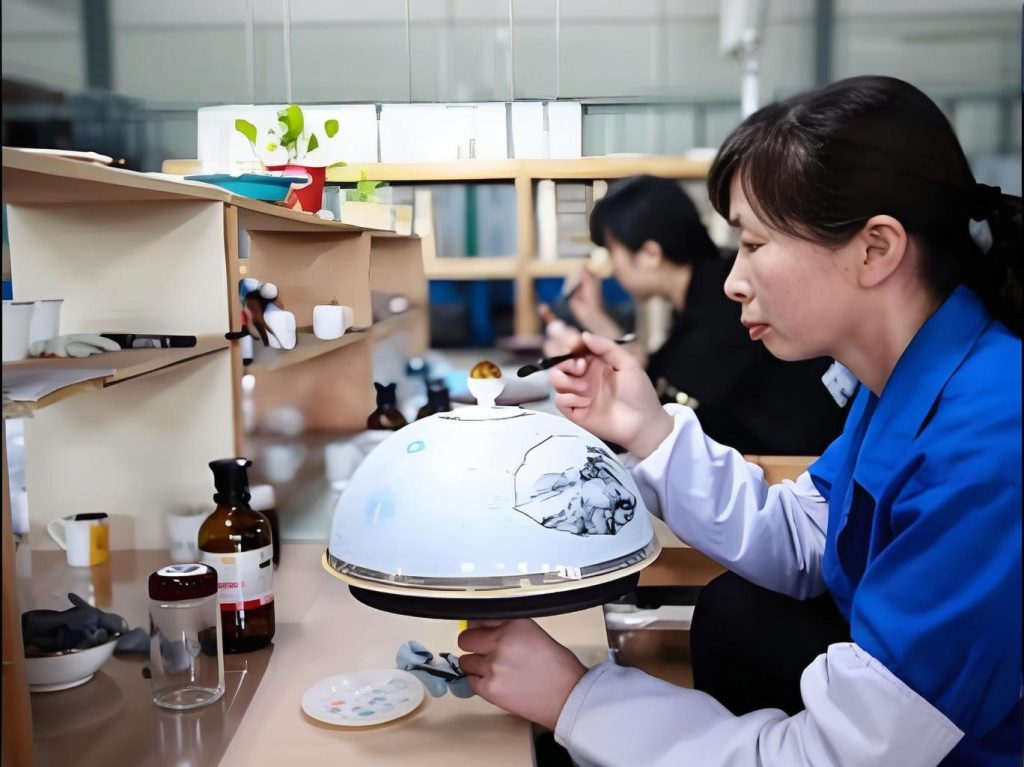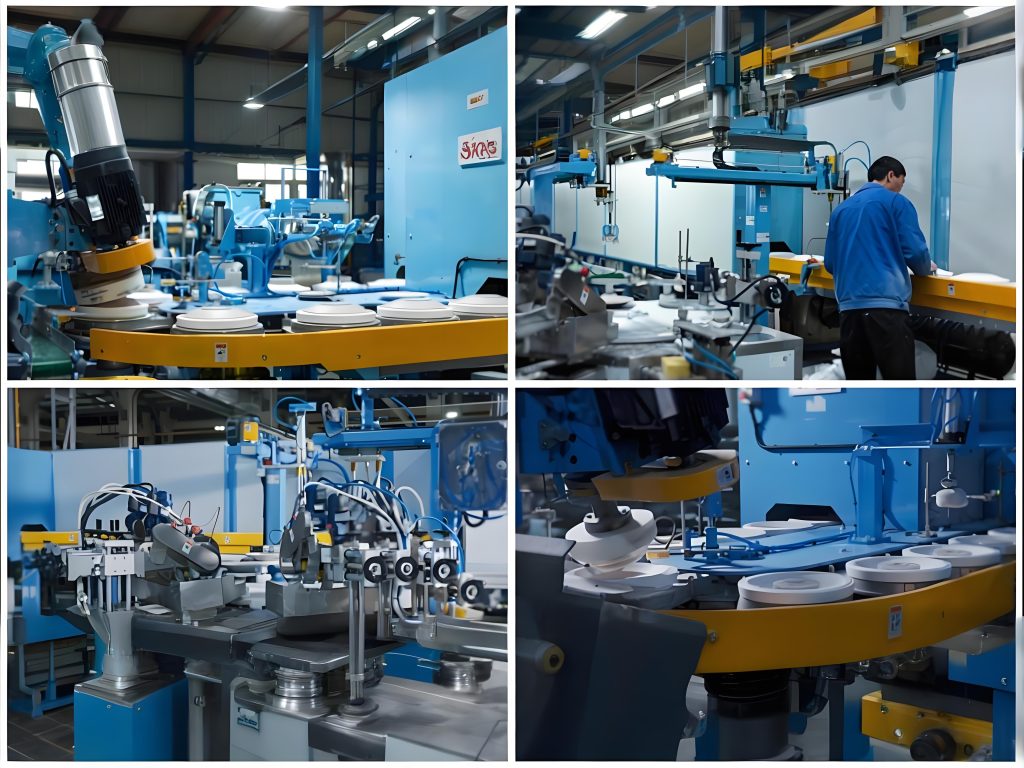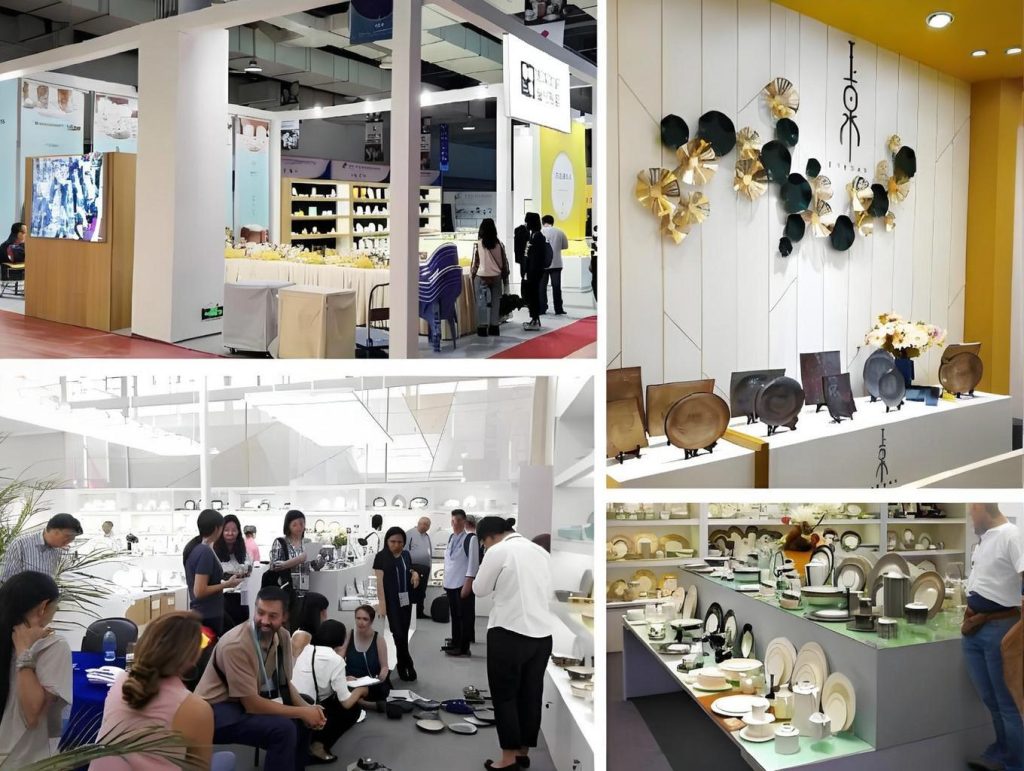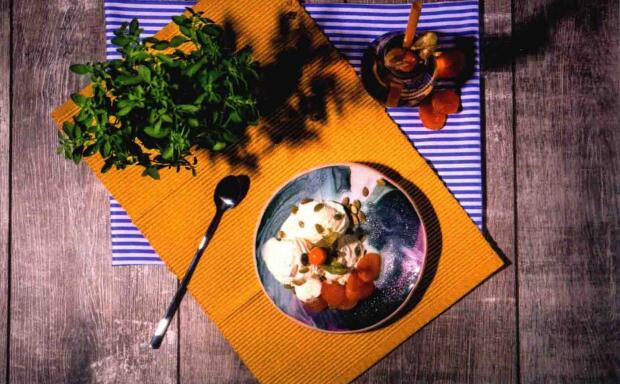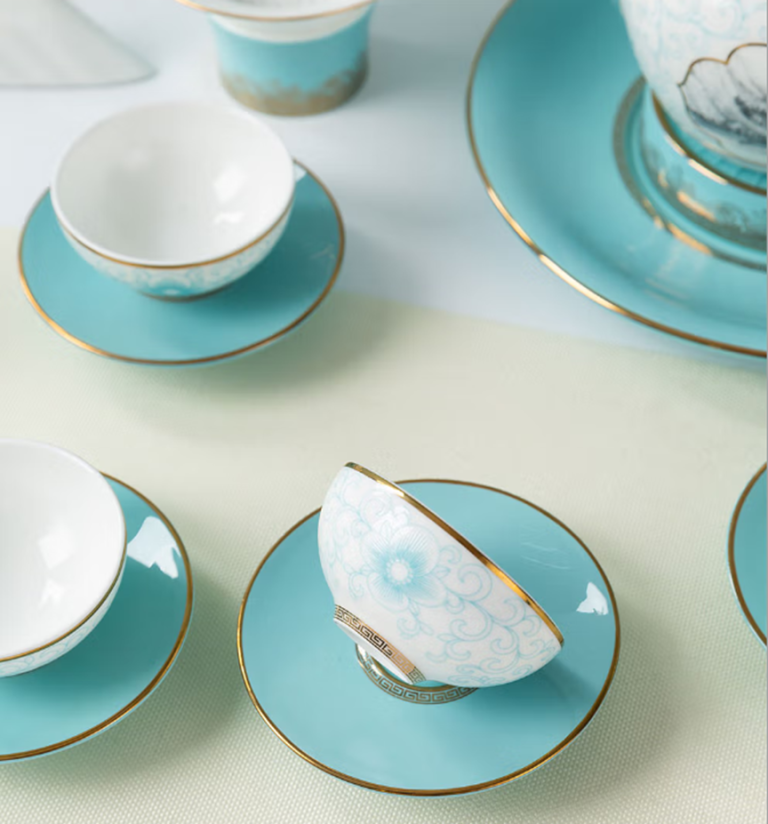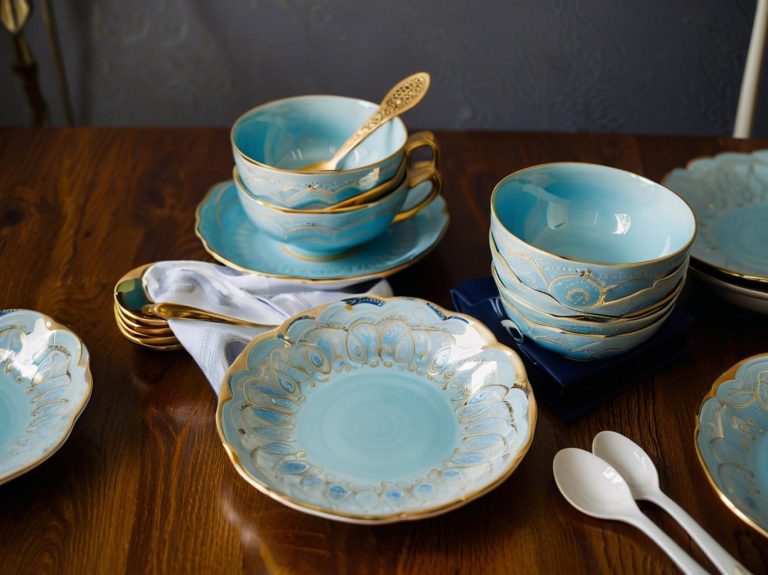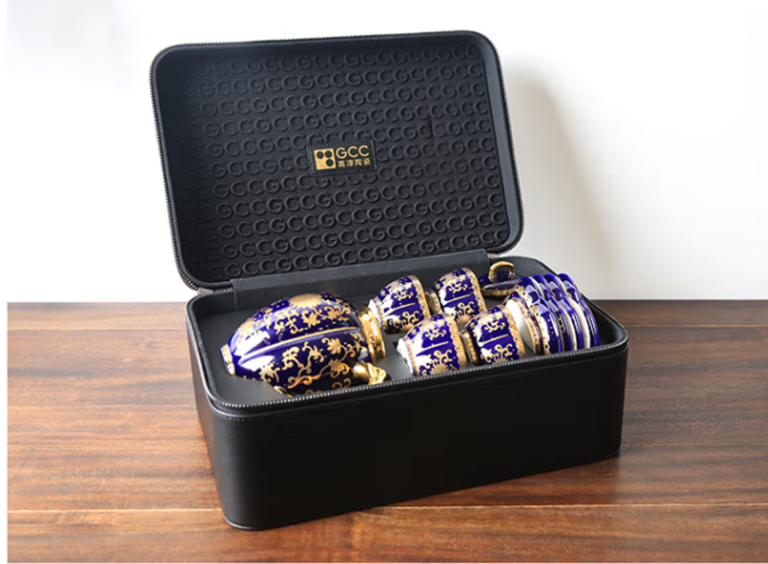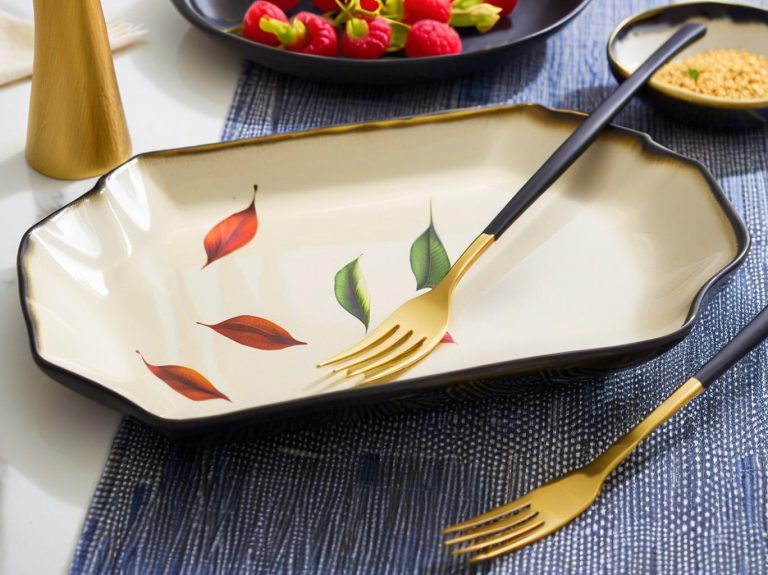Casafina Dishes: When Portuguese Craft Meets Modern Table Style
What Dishes Say About You
A post blew up on Reddit’s r/HomeDecor. Someone shared their new Casafina Pacific set. The caption? Just one line: “Finally found dishes that make me want to host dinner parties.”
Over 300 comments rolled in. Same words kept popping up: “warm,” “earthy,” “feels expensive but not pretentious.”
On Quora, someone asked a pointed question. “Why do Casafina dishes feel more ‘livable’ than other artisan brands?”
Top answer nailed it:
“Most high-end tableware manufacturers focus on perfection. Casafina focuses on personality. Those slight variations in glaze? That’s not a flaw—that’s proof a human made it.”
Think about it. We want nice things. But we don’t want to look like we’re trying too hard.

Why Portuguese Dishes Suddenly Took Off
Three years ago, asking for “Portuguese plates” would get blank stares. Now? Instagram and Pinterest overflow with #CasafinaDishes table setups.
Reddit had a debate. “Is Casafina worth the hype or just Instagram marketing?”
A five-year user chimed in:
“I’ve dropped these plates more times than I can count. Still no chips. Meanwhile, my ‘fine china’ cracked from hot water. You do the math.”
A ceramic engineer on Quora explained the technical edge. This tableware manufacturer does things differently:
- High-temperature firing: Over 1200°C makes clay structure denser
- Hand-glazing: Slight thickness variations actually boost impact resistance
- Portuguese red clay: Local soil has higher mineral content than standard porcelain clay
He added one more thing. “Tech is baseline. People pay extra for emotional connection. The kind where breaking a plate would genuinely hurt.”
True that.
The Details That Hit Different
Compare product lines from various tableware manufacturers. You’ll notice something odd.
At similar price points, Casafina is almost annoyingly practical.
Reddit tested dishwasher durability across brands. After 500 washes, Casafina Pacific showed:
- Less than 5% gloss reduction
- Zero crack lines
- Bottom grip still effective
A Nordic brand (comments coyly called it “that blue-and-white logo”) fared worse:
- Glaze dulled noticeably after 200 cycles
- Edge chipping appeared
- Cost 40% more
Someone commented: “Industrial vs. semi-handmade right there. Former cuts costs for profit. Latter can’t risk reputation by cutting corners.”
A dissenting voice emerged. “Former tableware designer” here:
“Casafina isn’t perfect. Shapes are pretty traditional. Want minimalist or irregular designs? It won’t feel ‘cool’ enough. But for classic pieces? It nails both timeless looks and durability.”
Fair point. Not everyone needs “instant wow.” Sometimes “never gets old” wins.
When “Handmade” Becomes Marketing Speak
More tableware manufacturers push “handmade traces” in their pitches. Buyers got wise though.
Quora question: “How to tell if ‘handmade’ tableware is really handmade?”
Top answer gave three checks:
- Back markings: Real artisans leave signatures or workshop codes (Casafina does this)
- Weight variance: Same batch weighed, over 5% difference suggests handmade (machines stay under 1%)
- Glaze unevenness: Compare three identical pieces. Perfect color match? Probably spray-glazed
Reddit comment made me laugh. “Bought six Casafina bowls. Lined them up like a talent show—all pretty but no two identical. Money well spent.”
Recent thought stuck with me: In mass production’s age, “imperfect” became scarce.
Everything got standardized. So when you get something with slight “flaws,” it feels special. It reminds you—someone real made this. Someone who gets tired, distracted, has moods.
An Underrated Truth
Did some digging on tableware manufacturer supply chains. Found something interesting.
Portugal is actually Europe’s biggest ceramic tableware production hub.
Many brands claiming “Italian design” or “French craft”? Check origins—Made in Portugal.
Casafina flipped the script. It led with “Portuguese-made” from day one. Founder Fatima Loureiro once said:
“We don’t want to be the best-kept secret in Europe. We want people to know that Portugal has been making ceramics for 500 years, and we’re damn good at it.”
That confidence? Might be the brand’s real value.
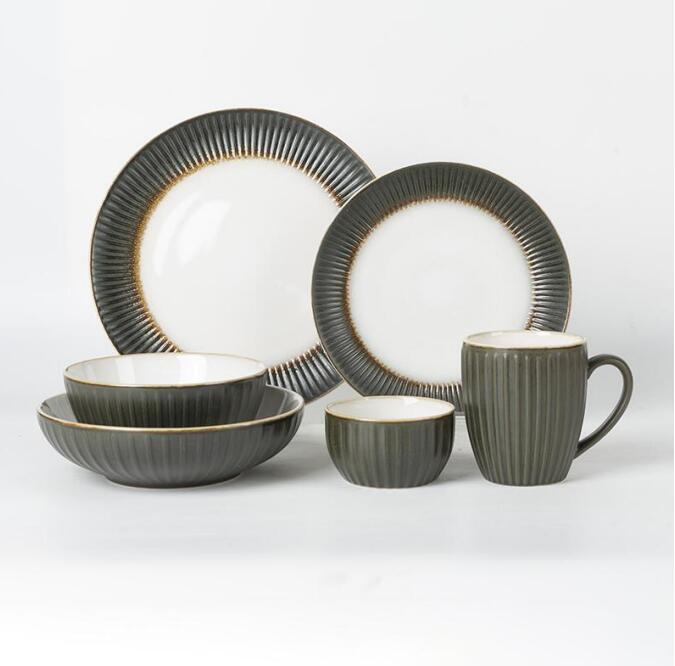
So, Is Casafina Worth It?
Reddit summary post kept it real:
If you want:
- Classic pieces lasting 10+ years ✅
- Looks that make guests pause ✅
- Dishwasher/microwave/oven durability ✅
But if you need:
- Ultra-thin bone china feel ❌
- Avant-garde designs you won’t understand in five years ❌
- Display-only ceremonial vibes ❌
Try other brands.
I recently got the Forum series. Two months in, biggest takeaway?
It makes you want to cook at home more.
Not because it’s fancy. When plating food, you start thinking, “Would this look better with this dish?” You care more without realizing it.
Maybe that’s what good dishes do. They don’t perfect your life. They make you care about living it.
If you have any questions or need to custom dinnerware service, please contact our Email:info@gcporcelain.com for the most thoughtful support!

